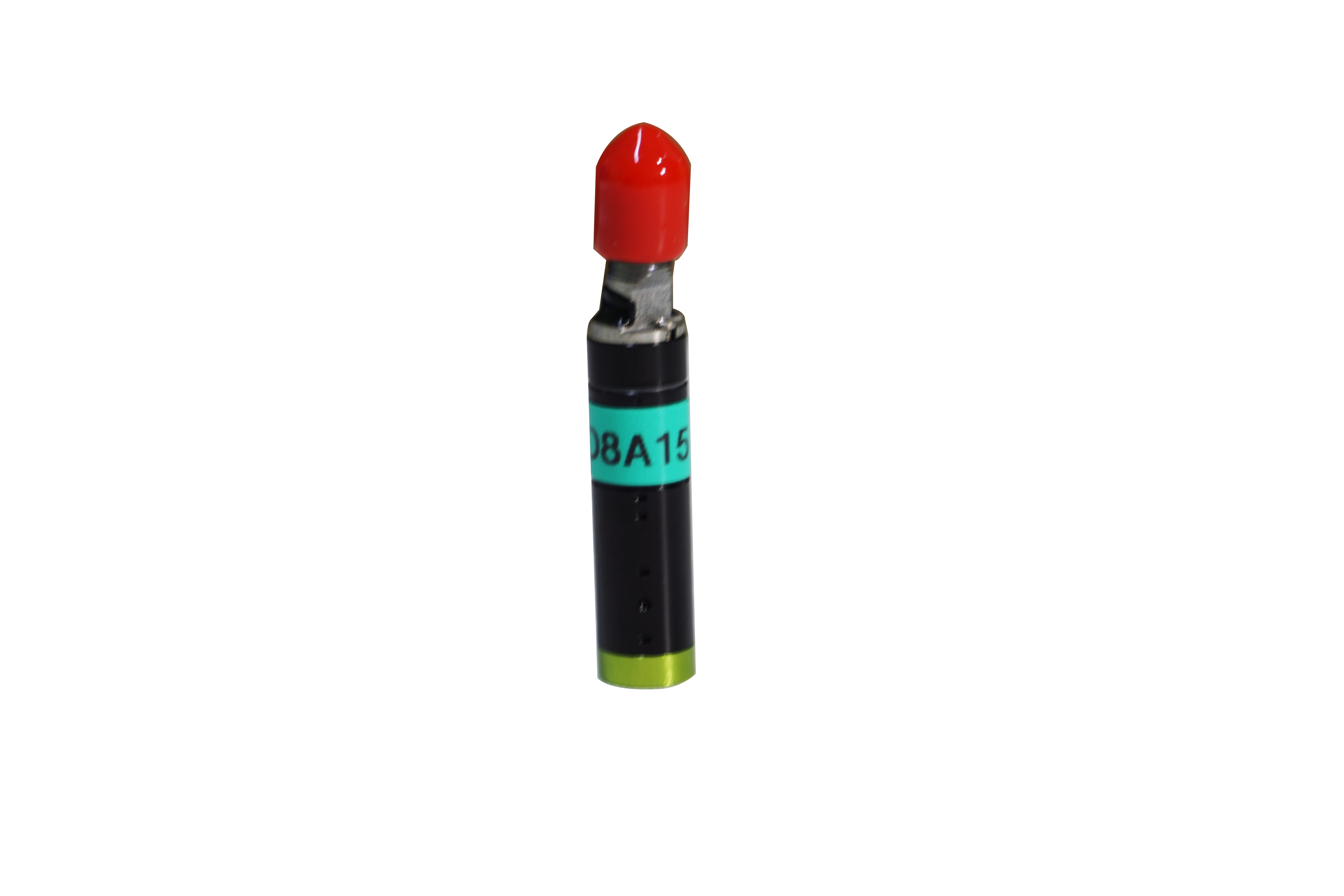2022-12-06
Laser sensor technology is a kind of high speed and high precision detection application. Advanced laser sensors include robust individual housing, precise laser emitters, linear imagers and user-configurable output characteristics. No external controller is required to adjust the laser sensor. The operator can simply place the laser sensor in all locations, including inaccessible ranges or harsh environments, and make various necessary adjustments and configurations according to other application software.

A method for measuring the distance of laser sensors
One of the main components of a laser sensor is the linear imager, which consists of hundreds or thousands of pixels. Advanced laser sensors work on the principle of optical triangulation, combined with linear imagers. The linear image is used to accurately measure the position of the measured object in front of the sensor, and finally achieve accurate and stable measurement. The laser shines a visible laser light through a lens at the object under test. The laser is simultaneously diffused from the surface of the object under test, and then the receiver lens on the sensor focuses the reflected light to produce electricity on the linear imager.
The distance between the object being measured and the sensor determines the Angle at which the light passes through the receiving lens, thus determining where the received light will hit the linear imager. If the distance of the object under test is close to the maximum specified range, the light will fall on the end of the imager closest to the laser emitter; Or when the position of the object under test is close to the minimum specified range, the light will fall on the opposite end of the imager farthest from the laser emitter. The position of the light on the linear imager calibrates all effective target distances in operation. The received light is processed by analog and digital electronics and analyzed by a digital signal processor.
Second, the advantages of laser sensor technology
Compared with traditional mechanical measurement equipment, laser sensor technology has many advantages such as non-contact measurement, small measurement area, high-speed data acquisition, solid-state design and flexible operation. At the same time, laser sensors are mostly used for quality control, error prevention and positioning.
The optical cone-light holographic sensor is based on a unique patented cone-light holographic technology that outperforms existing standard distance measurement methods for various industrial applications. The sensor is reliable, accurate and does not include moving parts. Compared to standard trigonometry, our technique has two advantages in measuring systems: collinearity and low electronic noise dependence. Non-contact distance sensors are used for autofocus in laser marking, welding, drilling and cutting systems.



